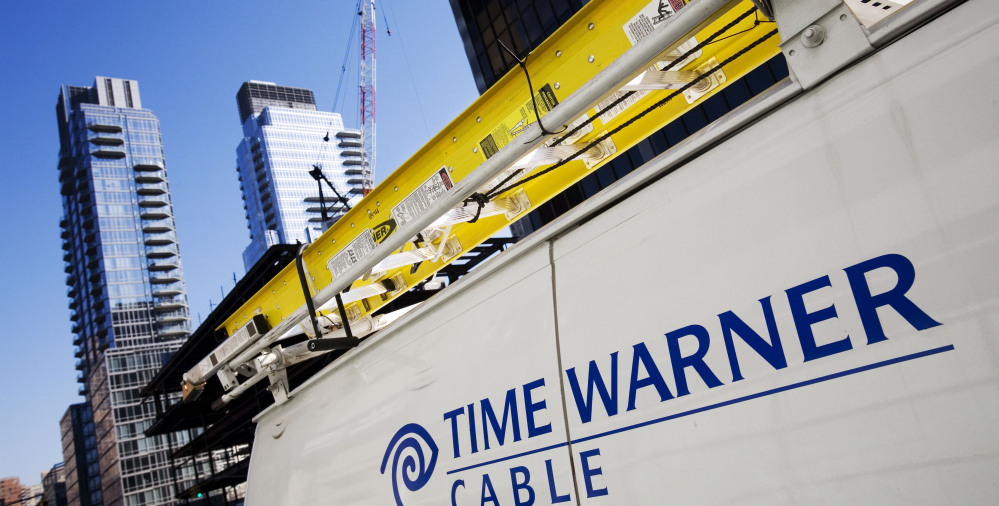Cable TV customers are fond of complaining about their ever-rising monthly bills, which now average almost $100. Although the main factor has been the growing sums of cash the cable operators have to fork over to NBC, ESPN and other networks for their programming, the operators themselves are demanding higher fees from consumers for the converter boxes that unscramble, record and display shows. According to the Federal Communications Commission, Americans pay an average of $7.43 a month per cable set-top box, almost triple what the cost was in the mid-1990s.
Worse, consumers have little choice when it comes to cable converter boxes. As part of a telecommunications-law overhaul in 1996, Congress required the cable industry to open their systems to converter boxes made by competitors.
That presented technical challenges, however, that cable operators have been less than enthusiastic about solving. And even when a solution was found, the industry continued to act as a gatekeeper over devices and technologies. As a result, with limited exceptions, consumers have been stuck with whatever their local cable operator offered, which has slowed innovation in program guides, digital recorders, the integration of online content and other key aspects of TV service.
This week, Federal Communications Commission Chairman Tom Wheeler unveiled yet another plan to create a secure way for TV, computer and box makers to connect to cable services and provide alternatives to the industry’s set-top boxes. The proposal wouldn’t dictate the technology used; instead, it would require cable operators to transmit and protect content in a way that complies with open standards. The goal would be to allow companies to fully integrate the channels that consumers subscribe to on cable with their own entertainment offerings – think online video services and social media – on a single Internet-connected screen or device. Consumers would still have the option of the local cable operator’s box, but the difference is that it would be an option, not a prerequisite to getting cable programming.
If it worked, one obvious result would be that cable operators would face competition for the fees they collect each month for converter boxes, which should drive costs down for consumers. But just as important, there would be competition over how cable services are presented on screen. The FCC is expected to vote next month on whether to put Wheeler’s proposal out for public comment. And not surprisingly, the cable industry and its partners in Hollywood are resisting it. Device makers would be able to emphasize some channels over others, which could hurt lesser-known networks, they argue, and consumers could be showered with intrusive online ads as they searched for or watched shows. Just be patient, they say, because cable operators and TV networks are gradually rolling out more options for consumers.
The critics of Wheeler’s proposal are right about one thing: The cable industry is, slowly but surely, giving customers the ability to watch TV on more devices without the need for a pricey set-top. In fact, a handful of cable executives have said they would like to be rid of set-tops, which cost their companies to purchase and maintain.
Nevertheless, Congress decided almost 20 years ago that cable operators shouldn’t be the ones controlling the evolution of set-top boxes. That market should be competitive. And rather than trusting cable operators to promote indie networks, limit consumers’ exposure to advertising and protect their privacy, it’s far better to let consumers decide such things for themselves in an open, competitive market. The FCC needs to keep pushing cable operators to let consumers have the options Congress intended them to have.
Send questions/comments to the editors.



Success. Please wait for the page to reload. If the page does not reload within 5 seconds, please refresh the page.
Enter your email and password to access comments.
Hi, to comment on stories you must . This profile is in addition to your subscription and website login.
Already have a commenting profile? .
Invalid username/password.
Please check your email to confirm and complete your registration.
Only subscribers are eligible to post comments. Please subscribe or login first for digital access. Here’s why.
Use the form below to reset your password. When you've submitted your account email, we will send an email with a reset code.